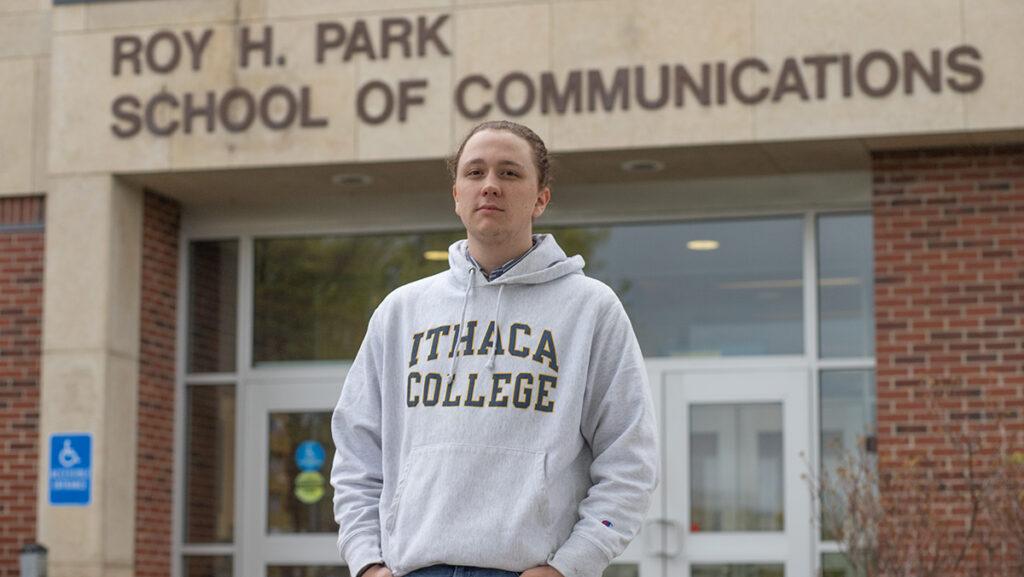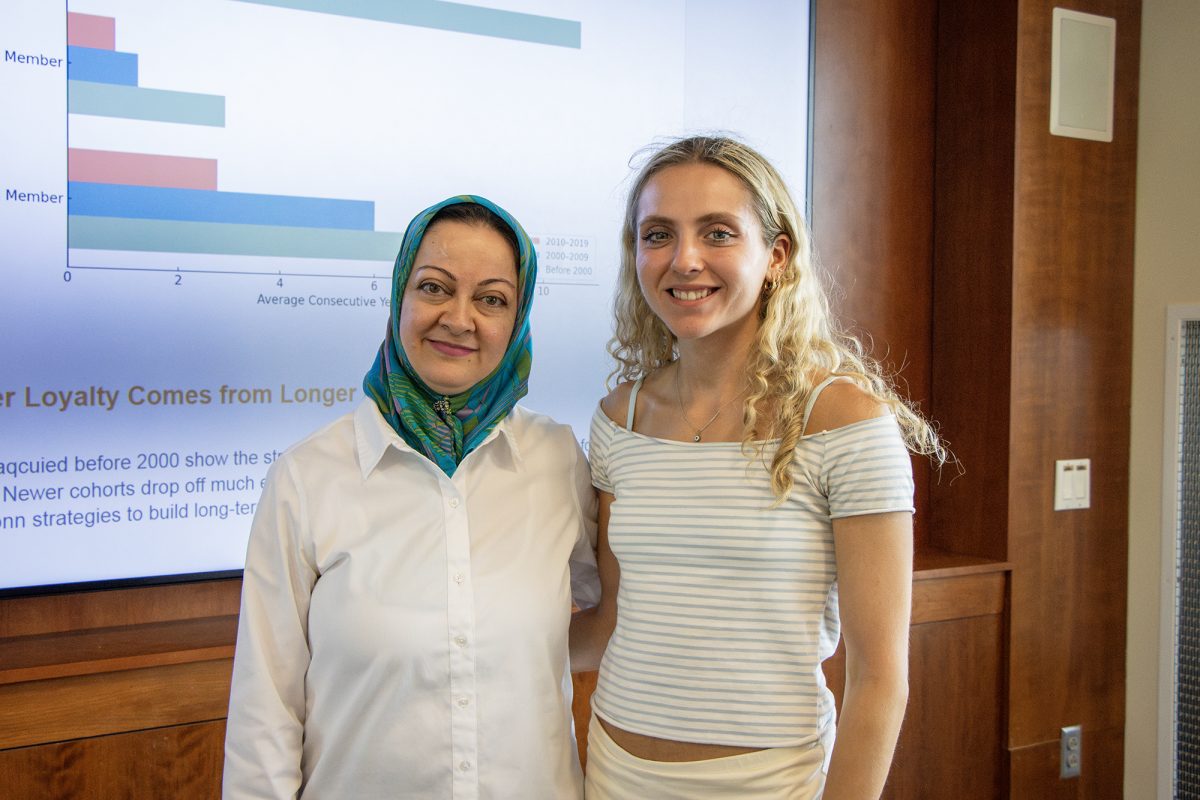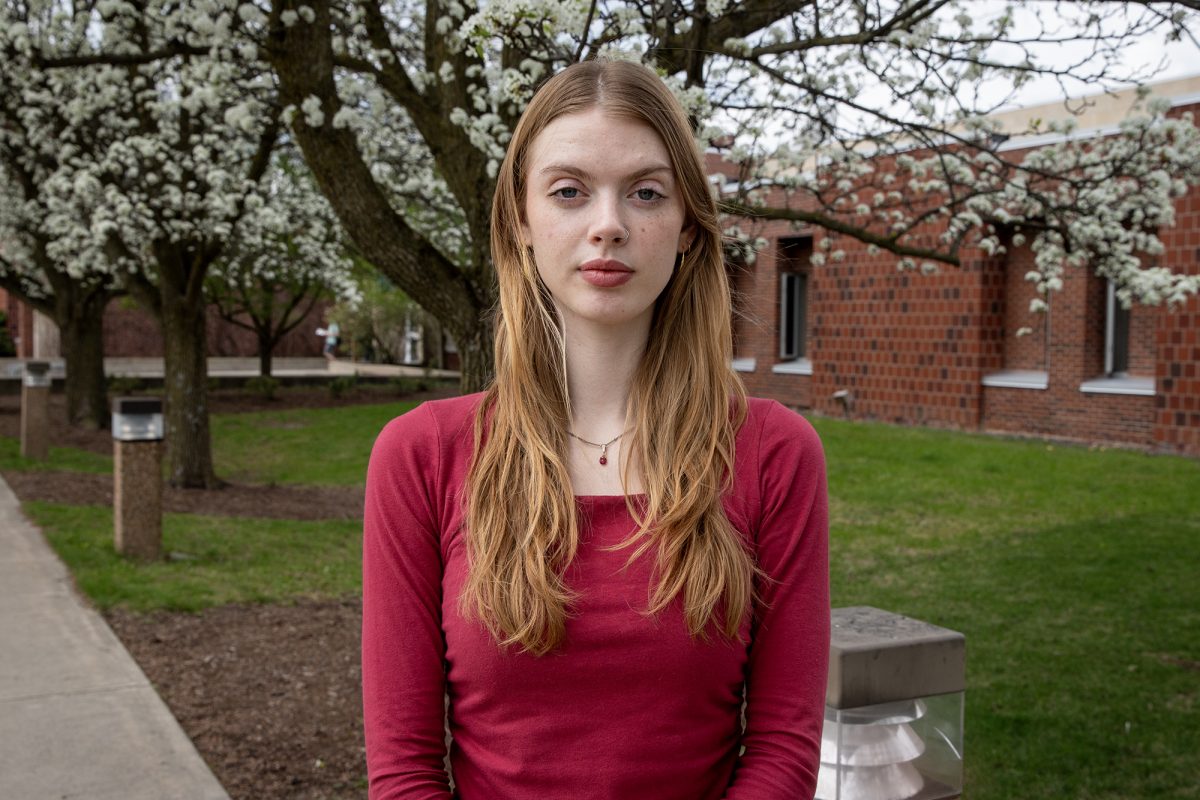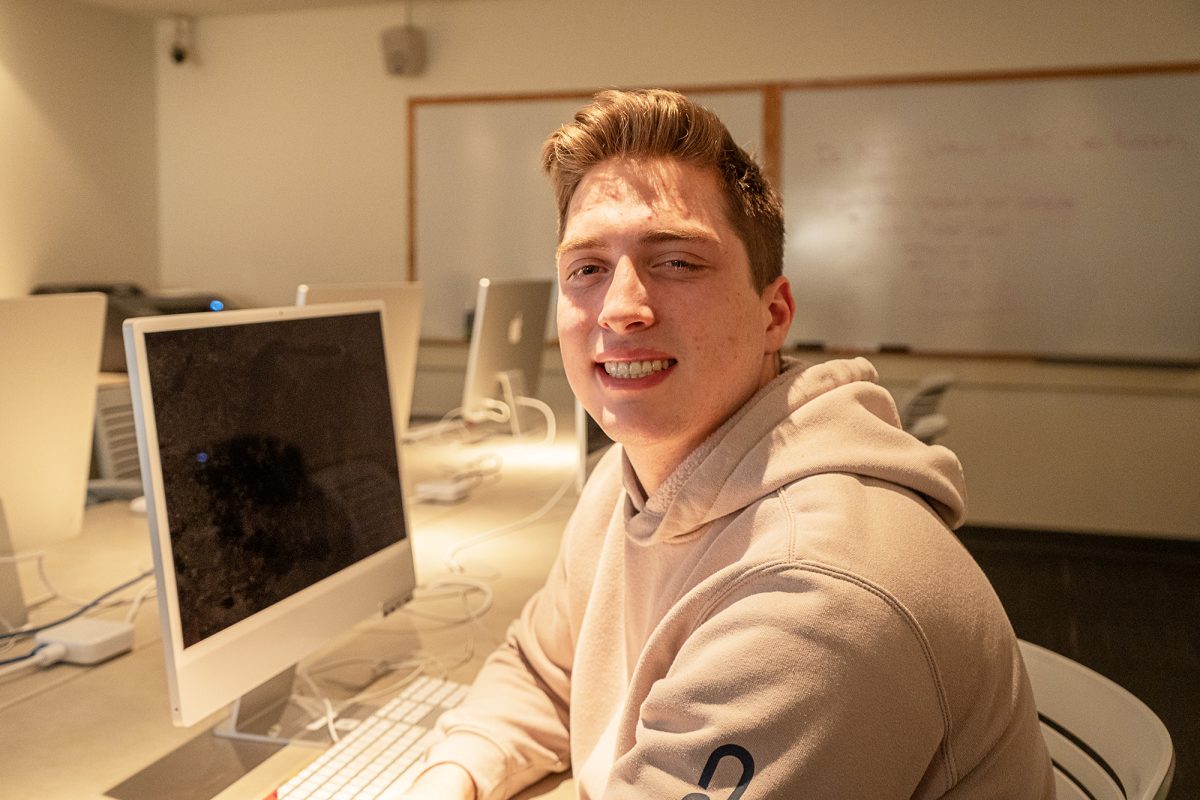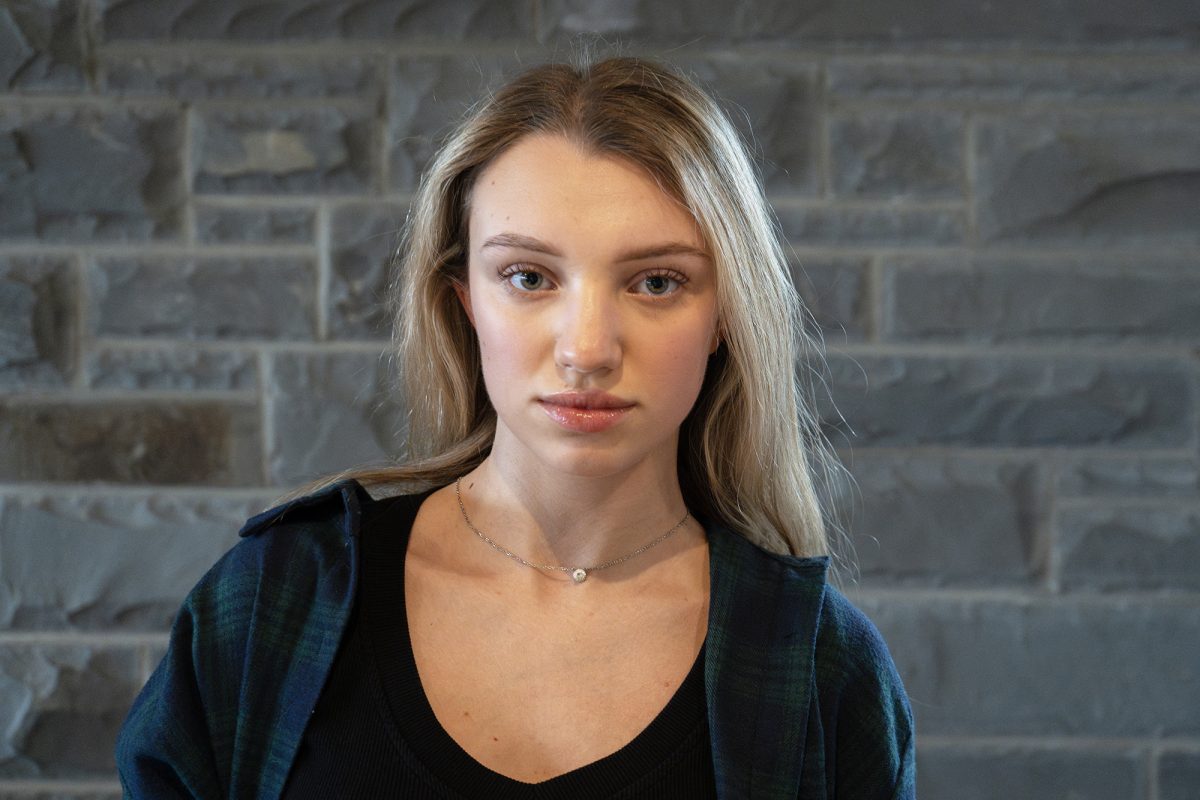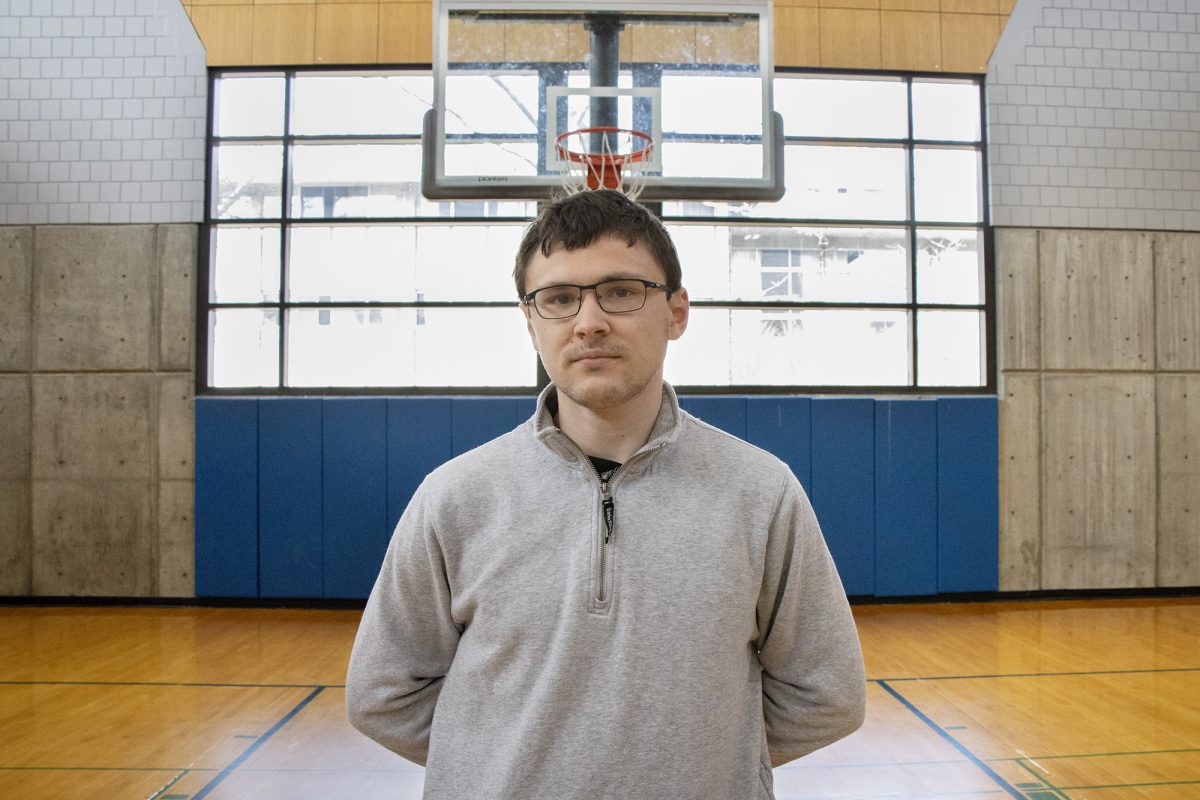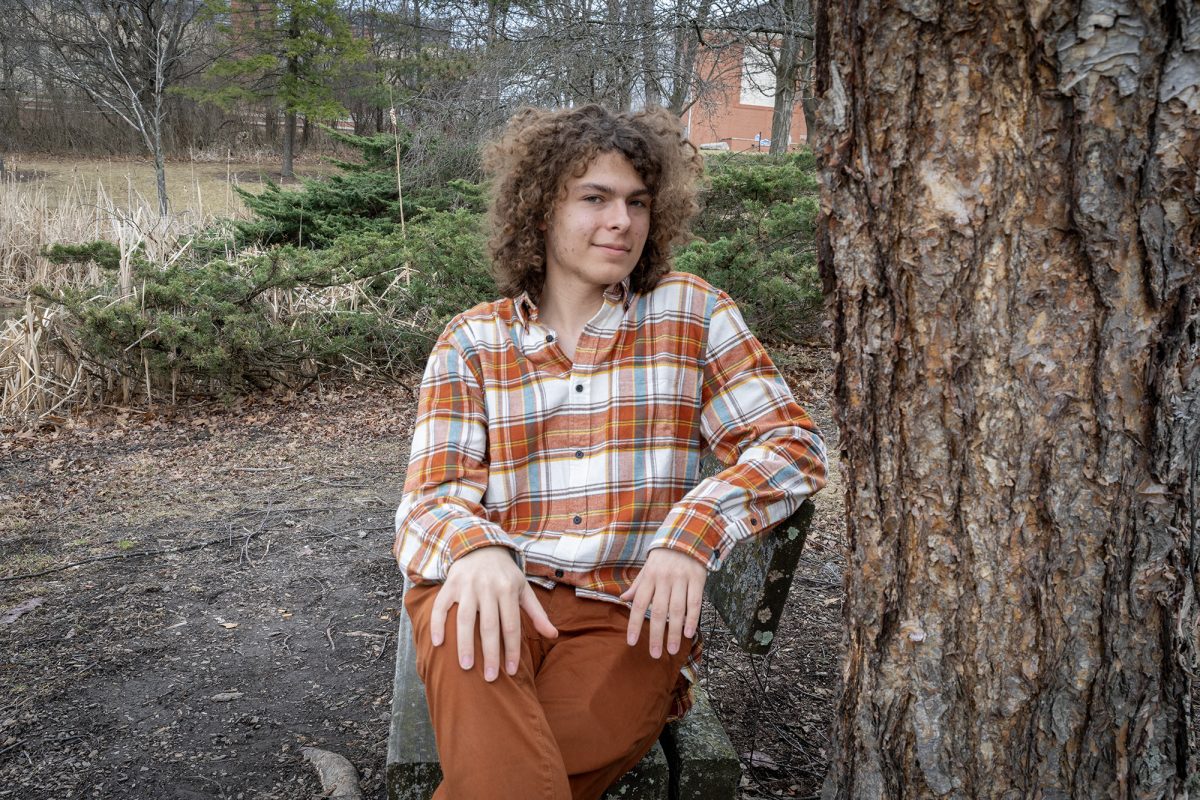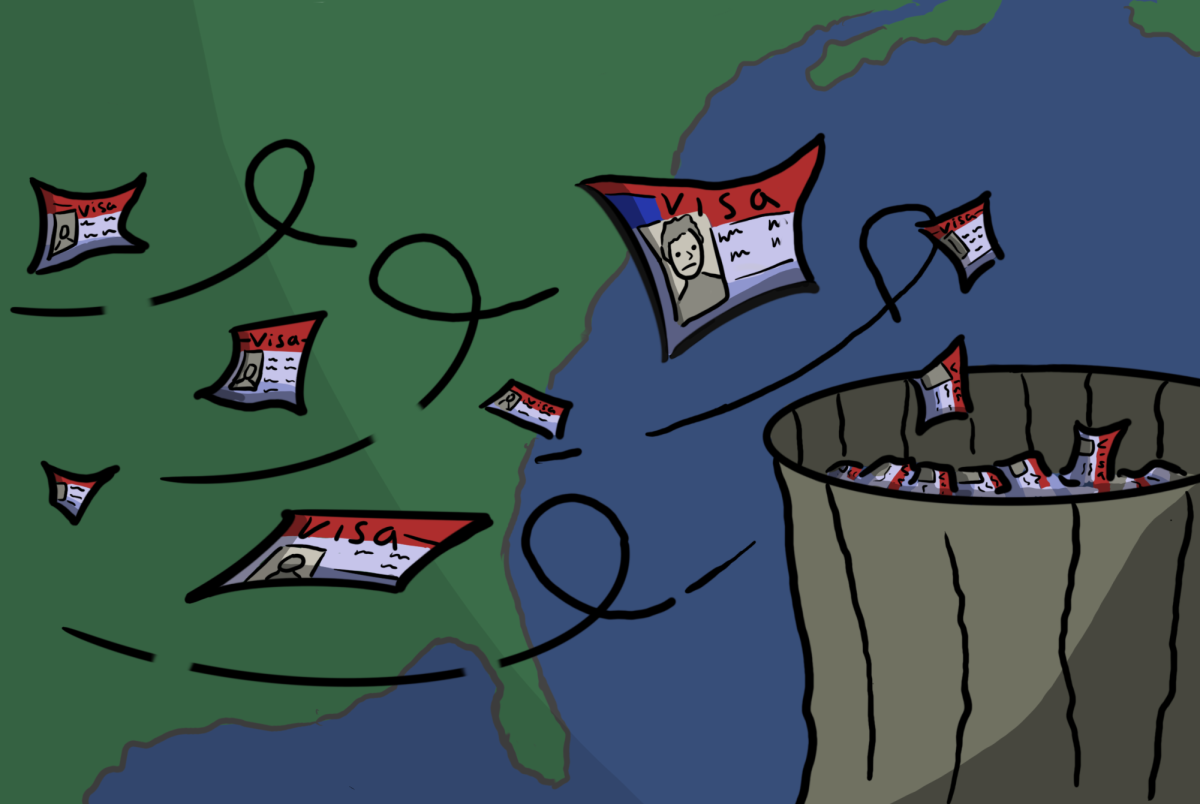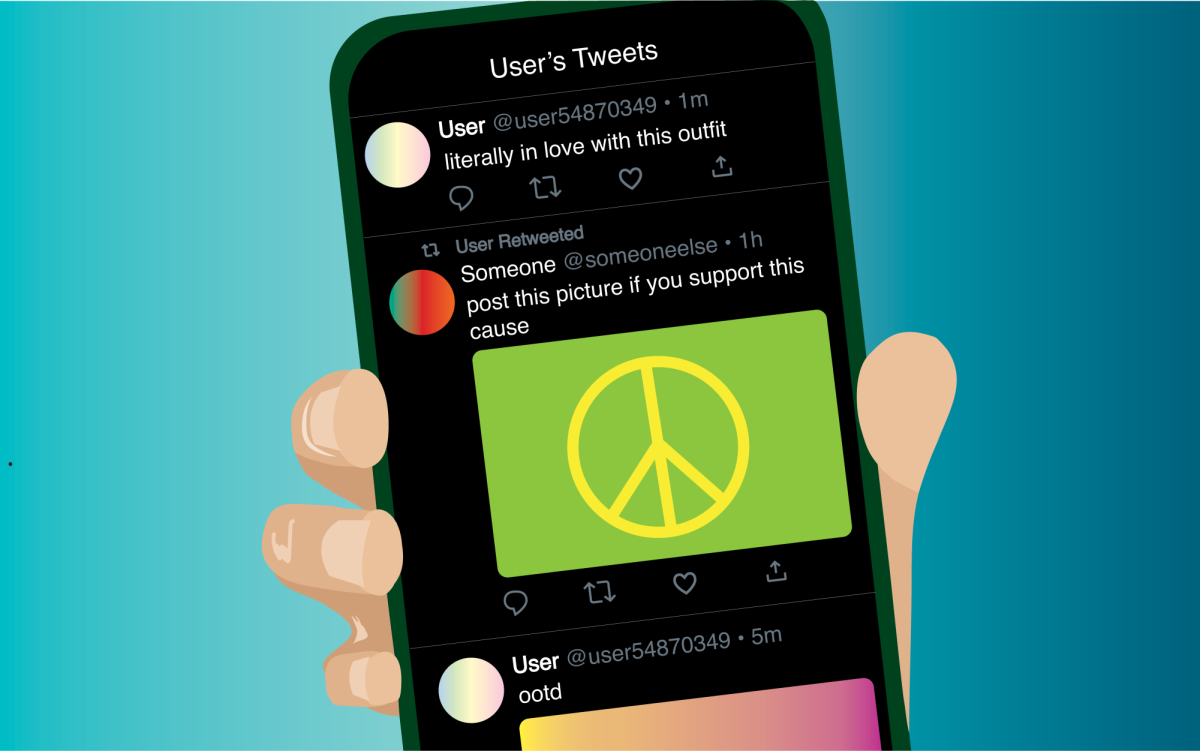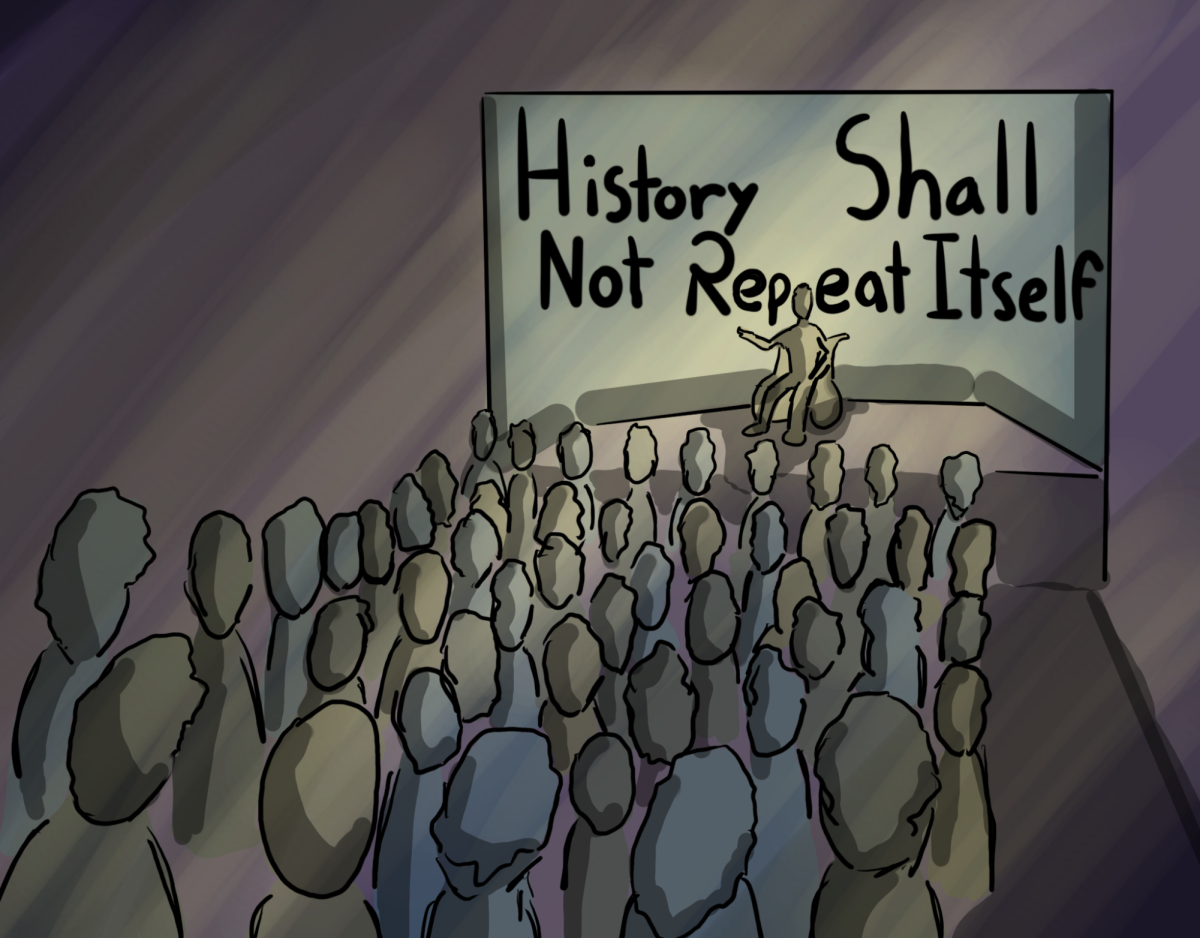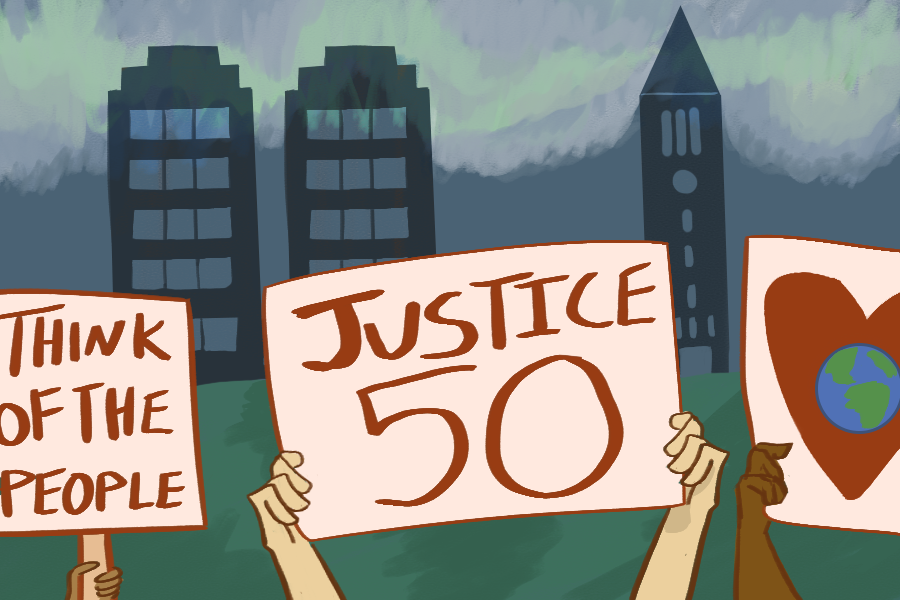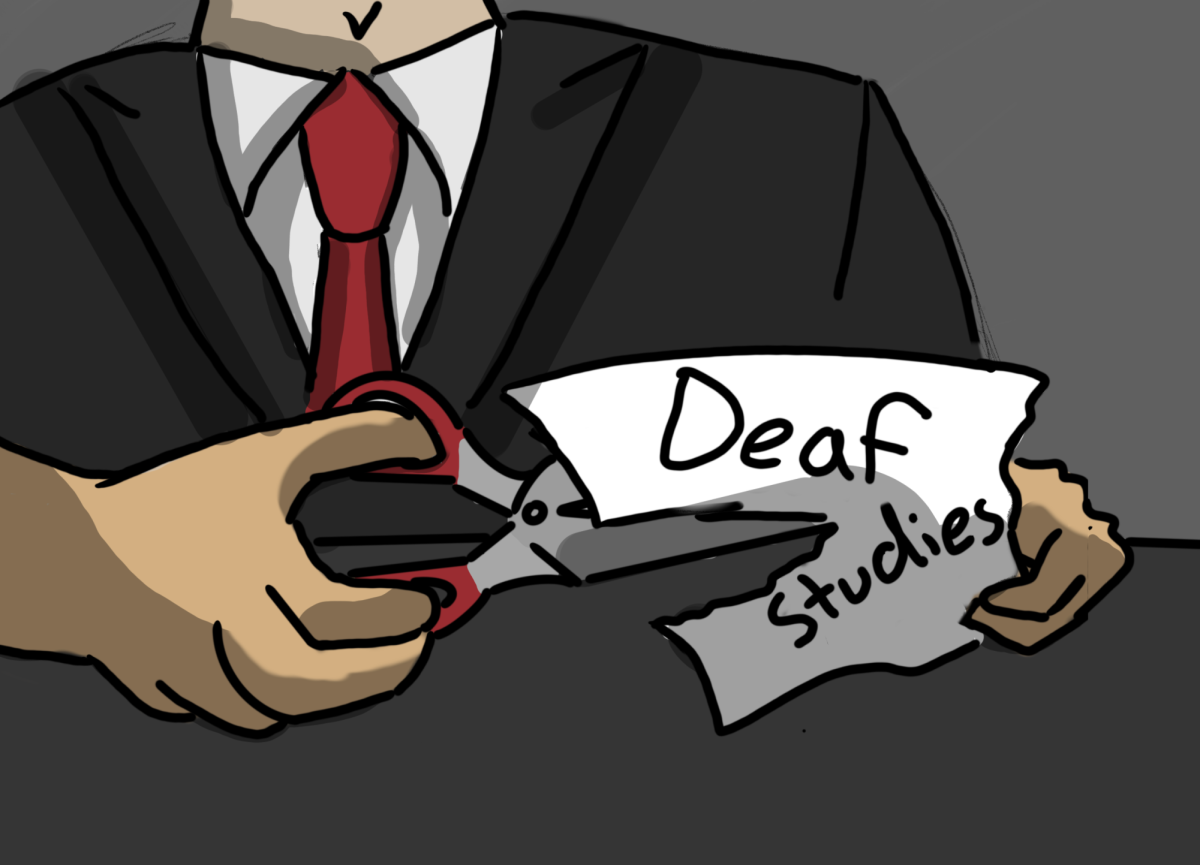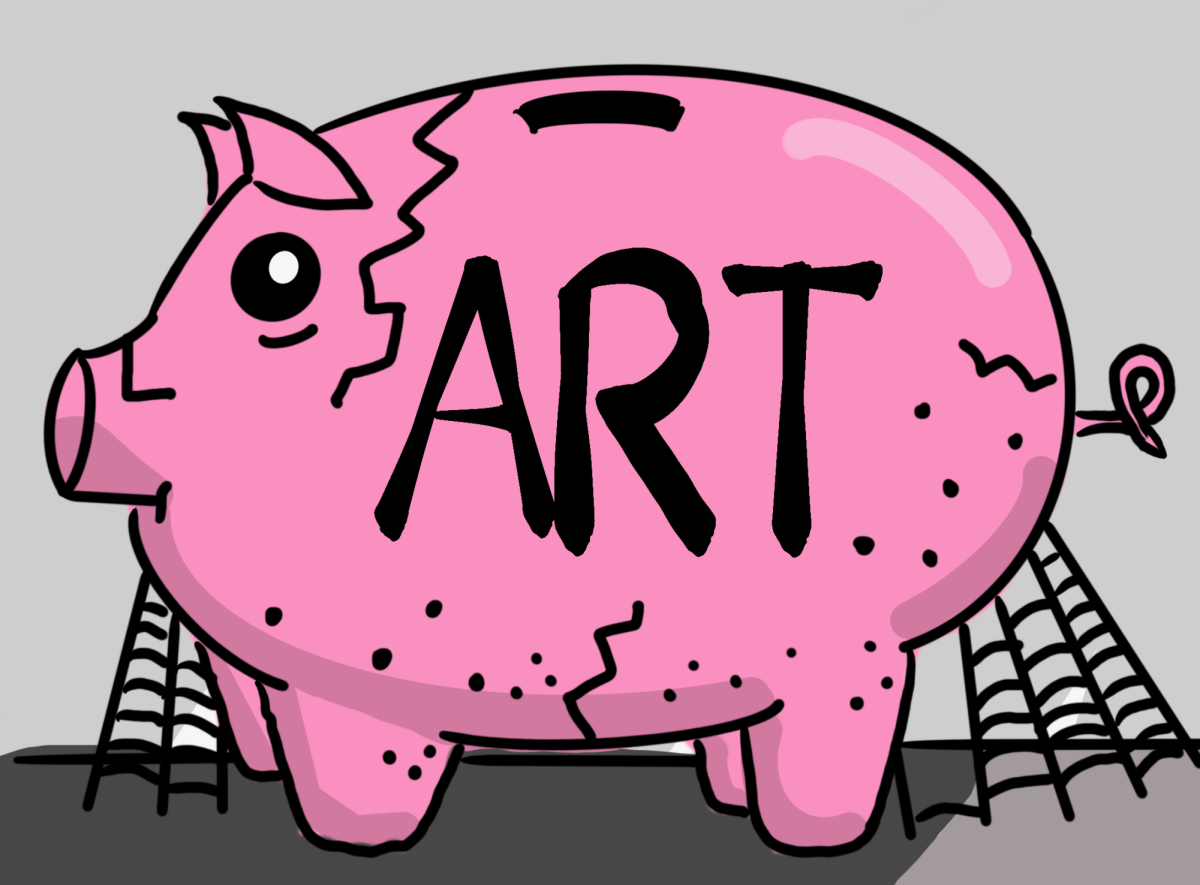Editor’s Note: This is a guest commentary. The opinions do not necessarily reflect the views of the editorial board.
When I first saw that Ithaca College had a sports media program, I was beyond excited. My high school self had no idea what I wanted to do in college up to that point, but when I saw that, my eyes lit up. The idea of covering sports as a career had never really occurred to me until that moment.
Four years later, I am left with a torn mind about whether or not I made the right choice. My education was phenomenal in some areas, lacking in others and completely absent in parts. So while I cannot say that I have disliked my major or my time in college, the past four years have made me reconsider what sports media is — and what it should be.
Last year, I wrote a story for The Ithacan about the widening gender gap in the sports media major at the college. At that point, there were 114 men and 14 women. This year, the trend of fewer women in the major continued: In Fall 2022, there were 114 men and just 11 women. When I wrote that story, there was immediate blowback from some classmates, specifically men, on what was said and what was implied. Many people did not like the implication that there was a “bro culture” within the major or that having a class of entirely men creates an echo chamber for our opinions.
I will be honest — I am guilty of this too and know I am far from perfect. But to me, it points out a bigger issue: the structure of the major and a lack of education on how we, as men in a predominantly male field, can make the major better for everyone.
Part of the problem, to me, is that the sports media major requires very few classes, with most of them rooted in content creation and none of them fully focused on social equity. I do not think the major should be entirely built around that, since I know most of the people in the major would not want to take only those classes, but not having any sort of requirement hurts our education.
For that, I can point to the way the administration and the Roy H. Park School of Communications have treated three programs over the last five years: sports media, sport studies and journalism. Sport studies had been a major before I started at the college but was just a minor during my first year. In 2020, it shut down fully, taking away a big source of those social-focused classes. The Department of Journalism has been slowly shedding staff as they accept jobs at schools that, according to them, care more about journalism. That leaves the sports media staff to fill the gaps left in journalism, which means only one of our professors — Ellen Staurowsky — gets to focus entirely on our major.
We have the ability to create a program that really changes not just sports coverage but also the people that get involved with sports. It just seems like the administration would rather overwork our current staff instead of bringing in people to fill the void.
Staurowsky recently hosted a series of panels on Title IX in celebration of its 50th anniversary. In those panels, she brought in incredible speakers, including students, faculty members and academics from outside the college, to talk to the campus community about different types of sex discrimination in high school and college sports. From what I understand, it was also done on her own, not with help from the college or administration, and she should not be forced to do it alone.
Like I said, I know not everyone in the major would be interested in having these sorts of classes make up a majority of the education. But from my experience with many people in the major and plenty of conversations I have been in, it would be very beneficial to a large majority of us to understand some of the inherent biases and discrimination in sports.
This is not a new idea. Before the sports media major moved into the School of Communications in 2017, the major required much more than just one sociology class. I do not think it is a coincidence that as the number of women in the major has stayed the same since 2005, between 10 and 20 students, the number of men has risen from about 35–45 when it was in the School of Health Sciences and Human Performance to more than 100 since entering Park.
For this major to flourish, it needs to be its own program. Students need to learn how to cover sports, but we also need to learn the culture of sports and how it can make the sports media field much less welcoming by ignoring the issues that exist within the major.
Aidan Charde (he/him) is a senior, Sports editor, Sports Media major. Contact him at [email protected].


